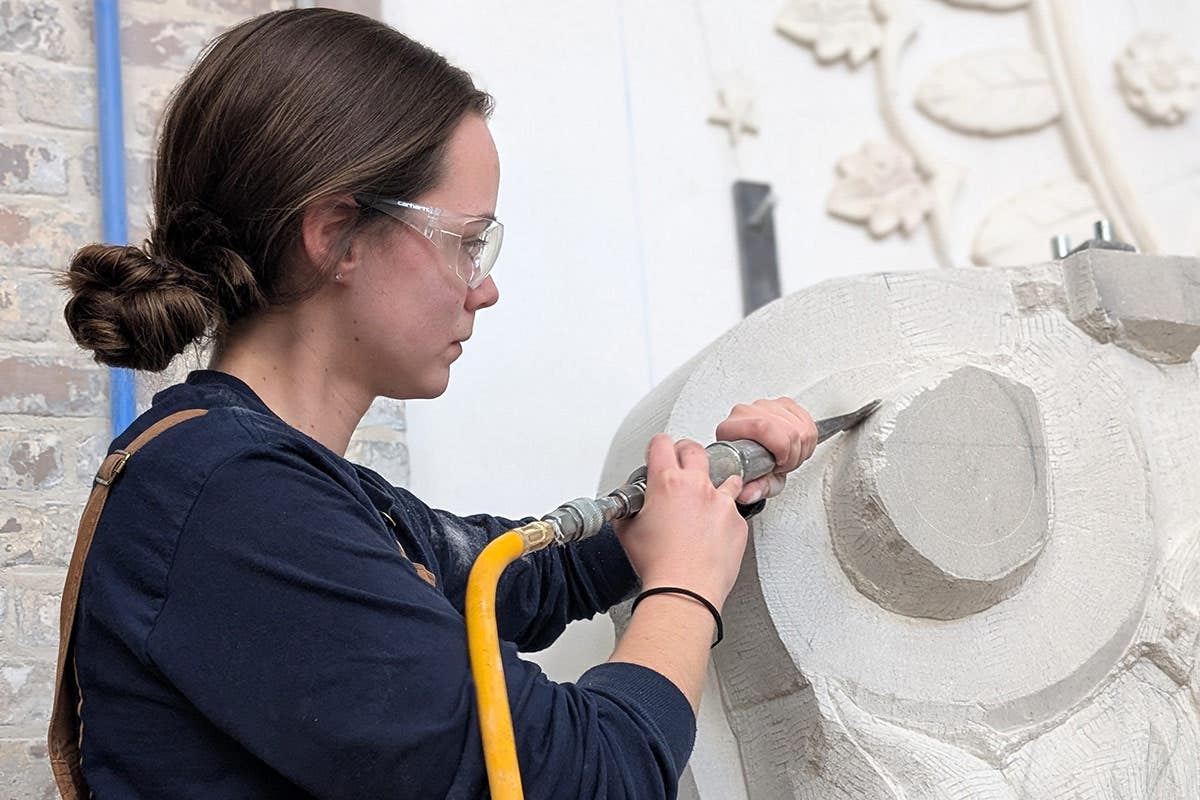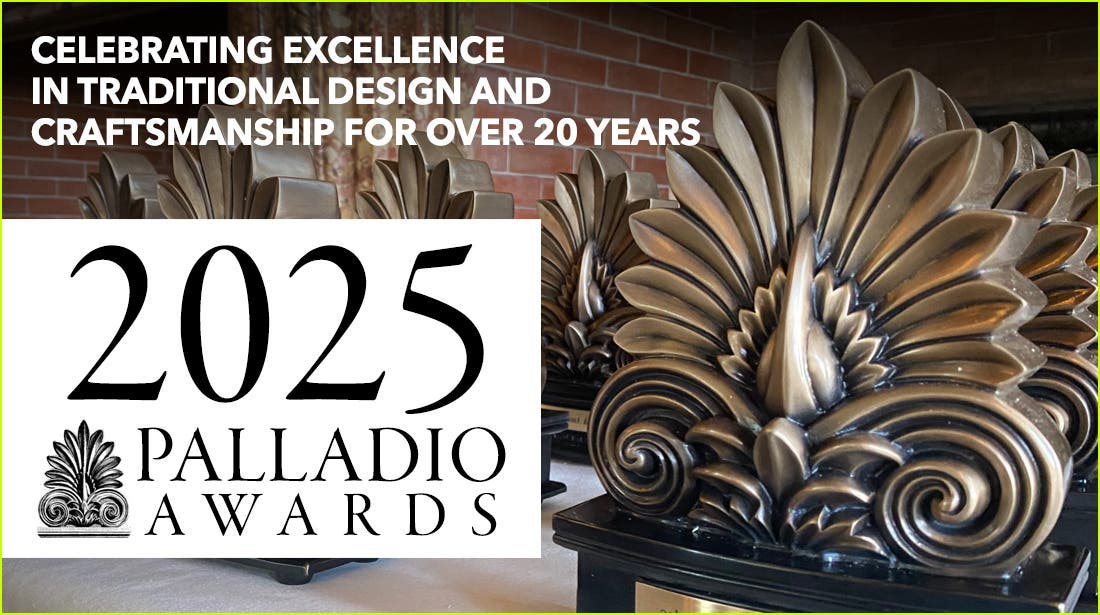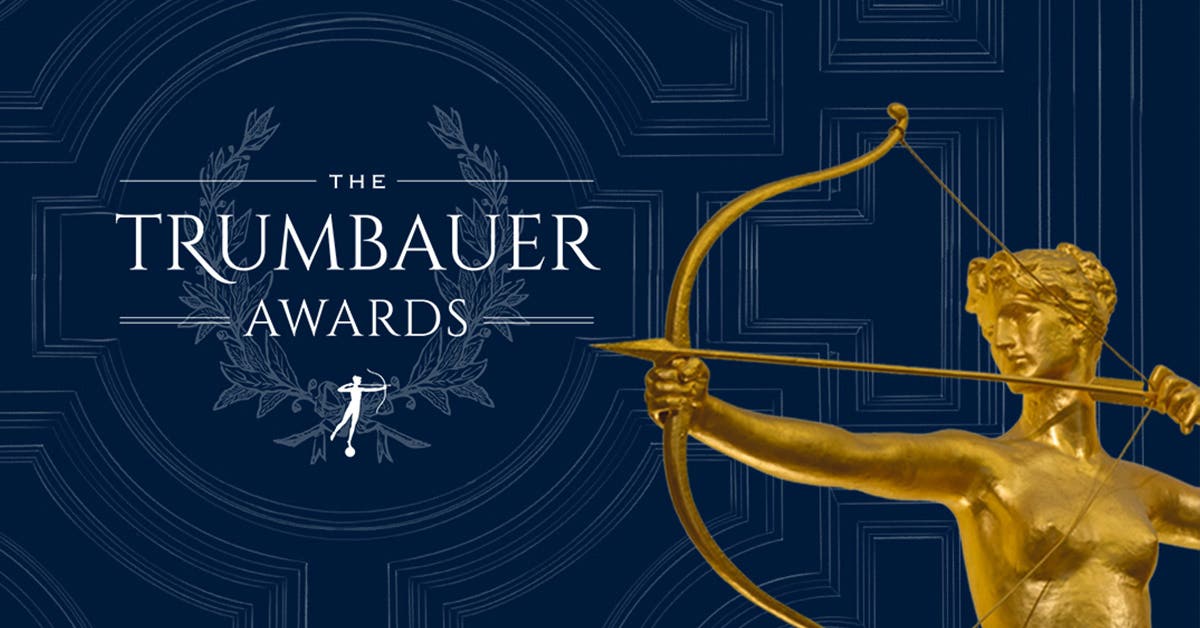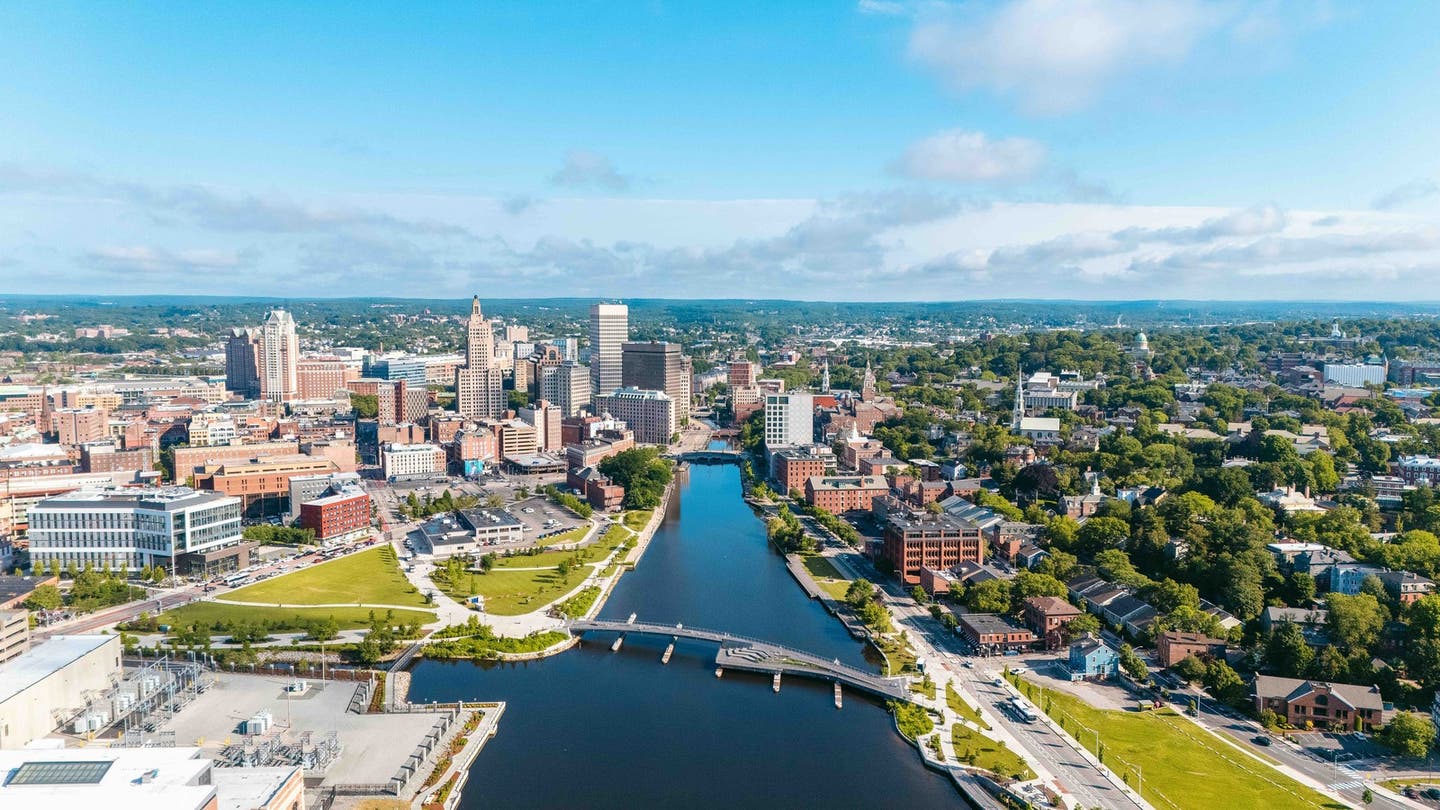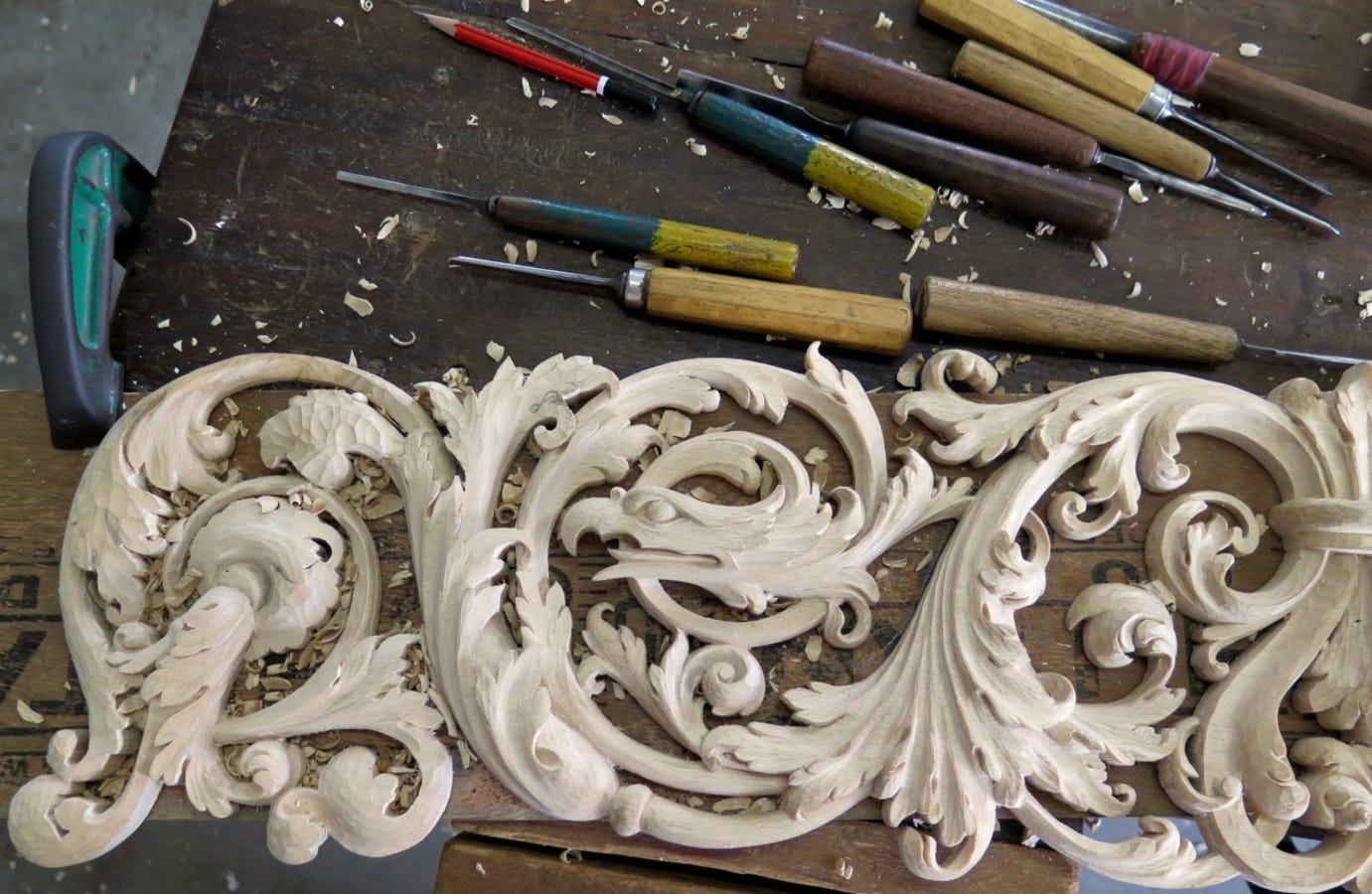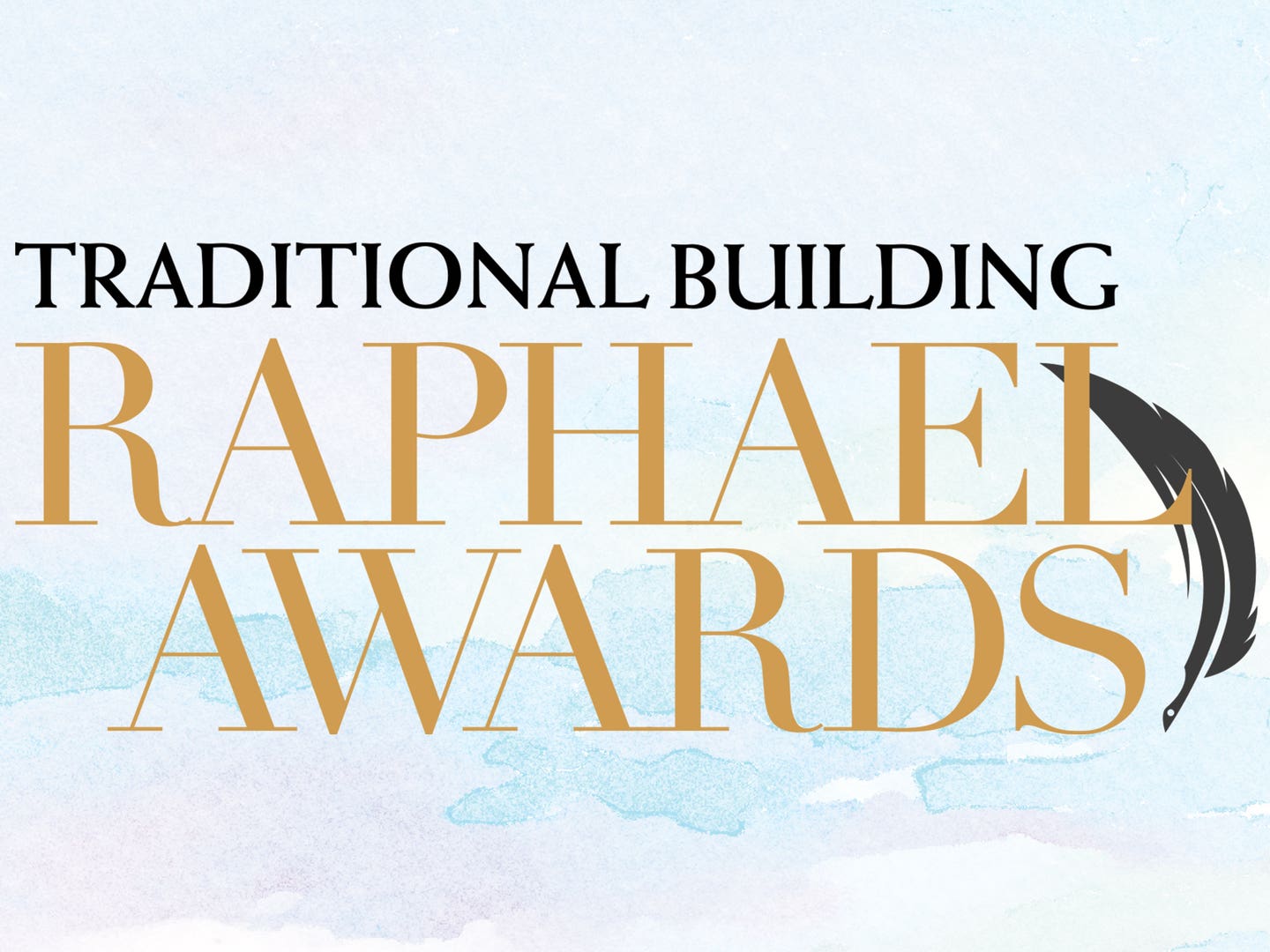
News
Raphael Awards 2024
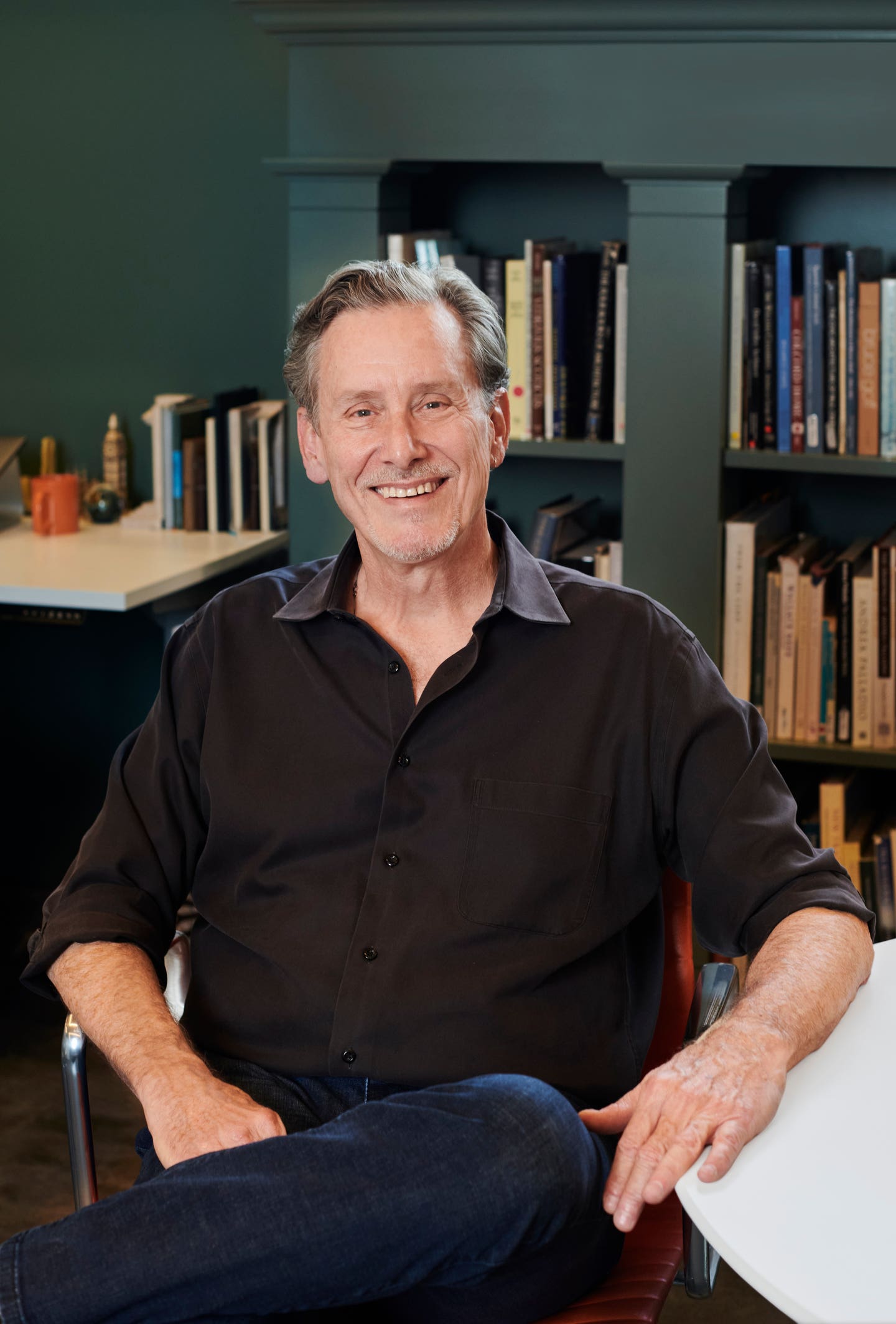

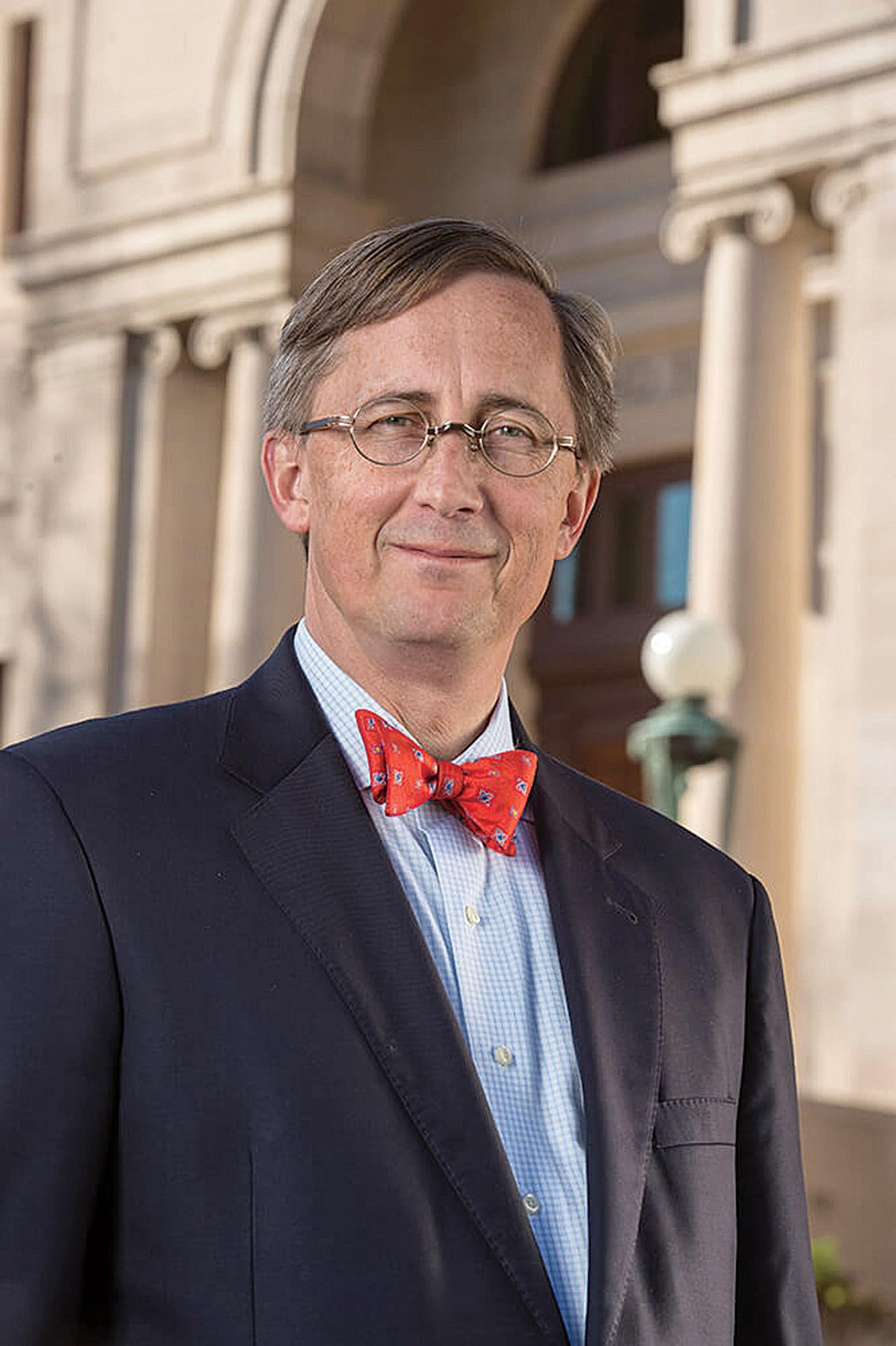
Special thanks to our judges: Erik Evens, principal of Evens Architects, J. Scott O’Barr, director of residential design Voith & Mactavish Architects; and Duncan Stroik of Duncan G. Stroik Architects.
The work of the five recipients of Traditional Building’s Raphael Awards represents the best in traditional drawing and painting. The annual award, named for the Italian Renaissance painter and draftsman Raffaello Sanzio da Urbina (1483–1520), seeks to encourage the study of Classical and Neoclassical architecture through the practice of hand drawing.
Design Sketch
Georgina Renée Johnson of Steven W. Spandle Architect
Artist, printmaker, architectural team lead and draftsperson, Georgina Renée Johnson, team leader at Steven W. Spandle Architect, explores the intersection of art and the built environment with works in stone lithography that have been inspired by her experiences working in classical architecture firms.
Her work has been shown in juried exhibitions in a variety of venues, including the Pennsylvania Academy of the Fine Arts and the Institute of Classical Architecture & Art.
“Architectural drafting and design require close observation of interrelated details as they relate to the whole,” she says. “The unique properties that emerge through the alchemy of stone, lithographic crayon, acid, ink, water, paper, and press combine in my artwork to encourage viewers to look closely and appreciate complex textures imparted in a final image. My lithography practice has deepened alongside my work in architecture, and I believe my work in architecture benefits from my artistic practices. I am drawn to the beauty of classical elements and the transmission of light and shadow as they play across architectural details.”
Design Perspective
Mac White, AIA, Partner at Michael G. Imber, Architects
Throughout his career, architect Mac White has traveled to the far corners of the world to build beautiful, lasting architecture, working on projects across the United States, the Caribbean, Germany, Russia, and Saudi Arabia. White, who won a 2023 Raphael Award, has demonstrated a special ability to interpret the regional vernacular of diverse areas, ranging from Texas and New Mexico to the Gulf Coast and the Bahamas.
His hand rendering, in watercolor, is of St. Joseph College Seminary in Charlotte, North Carolina, which the firm is developing. The seminary, which is an American Gothic-inspired design, will provide a place for men to pursue the priesthood and also encourage theological and philosophical thinking. “Colored light spilling through the stainedglass windows creates a layering of spaces through a series of arches, reinforcing a sense of the mystic and devotion in this consecrated place,” White says.
On-Site Watercolors
Thomas Wells Schaller
A New York City-based artist, architect, and author, Thomas Wells Schaller is a recipient of the 2024 Arthur Ross Award from the Institute of Classical Architecture & Art, the Alpha Rho Chi Medal at The Ohio State University, and a Graham Foundation Grant. In addition, he is a two-time winner of the Hugh Ferriss Memorial Prize, which the American Society of Architectural Illustrators awards for excellence in the graphic representation of architecture.
He is the author of three books—The Art of Architectural Drawing, Architecture in Watercolor, and Thomas W. Schaller: Architect of Light. His most recent work has been featured in prestigious international masters’ exhibitions in more than 25 countries and is in many public collections, including the Watermark Museum in Fabriano, Italy, The Tchoban Museum in Berlin, and the Johhan Museum in Shanghai.
President emeritus of the American Society of Architectural Illustrators, he is a founding member of North American Watercolor Artists.
Design Orthographic
Alexander J. Ford of Michael G. Imber, Architects
An abiding interest in architectural practice and in the history and theory of the profession, as well as architectural research and fieldwork, are the driving forces behind the work of Alexander J. Ford. Ford, who grew up across the American South and Southwest, has a bachelor’s degree in architecture and a master’s in historic preservation. He was the assistant field director for architecture from 2013 to 2017 at the excavation of the ancient Sanctuary of Zeus Lykaios in the central Peloponnesus.
His scholarly writing and design work have been published and exhibited in numerous venues, most notably by the Princeton Architectural Press in 2019. He has lectured on Anglo-Saxon ritual architecture at the University of London’s Birkbeck Institute and has taught a design studio at the University of Arizona that instructed students in the fundamentals of measured drawing.
On-Site Line Drawing
Margaret Derwent Ketcham
As a licensed architect, Margaret Derwent Ketcham learned during her first job, with Booth/Hansen & Associates in Chicago, that any architectural problem could be solved by hand on an 8½-by-11-inch piece of paper, given the appropriate scale. She took her first on-site drawing class at the University of Notre Dame in 1982–83 and worked for over a decade on the restoration and renovation of Old St. Patrick’s Church in Chicago, an 1856 building that features stencils and stained glass by Thomas O’Shaughnessy. She and a friend, Stephen D. Siegle, won honorable mention in the Women’s Military Memorial competition in Washington, D.C., with a classical design presented on hand-drafted and watercolor boards.
Her trio of drawings, titled “What could possibly happen outside in situ for an hour with 3 pencils + 1 sheet of paper?” (While trying to be safe, somewhat comfortable, if possible, and a juggler), including the winning entry “IN MEM EDWA,” was an attempt to capture, within a short period of time as the shadows move, how the profile of the building or memorial meets the sky; how the sunlight hits and moves across the stone; how the shadow shapes animate the surface; and how to illustrate key details with the minimum of information.
The 2025 Raphael Awards will begin accepting submissions in May 2025 and the winners announced at the Traditional Building Conference.



